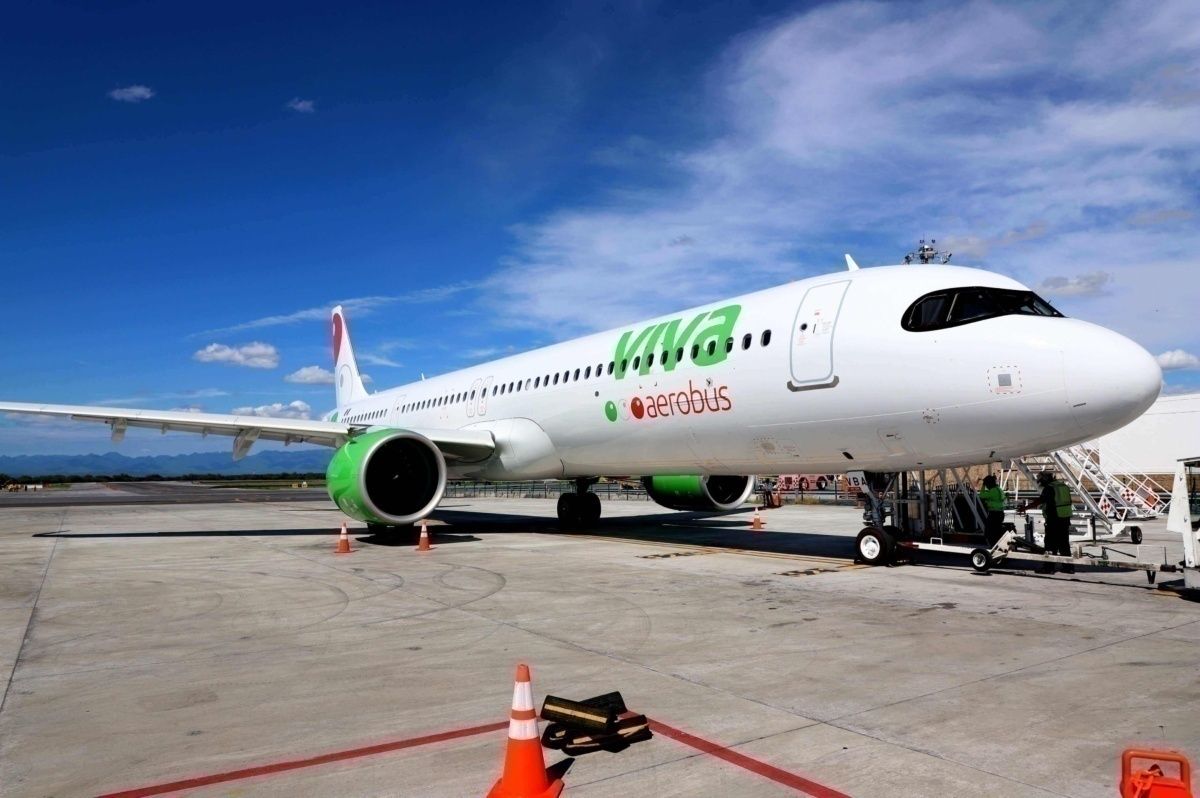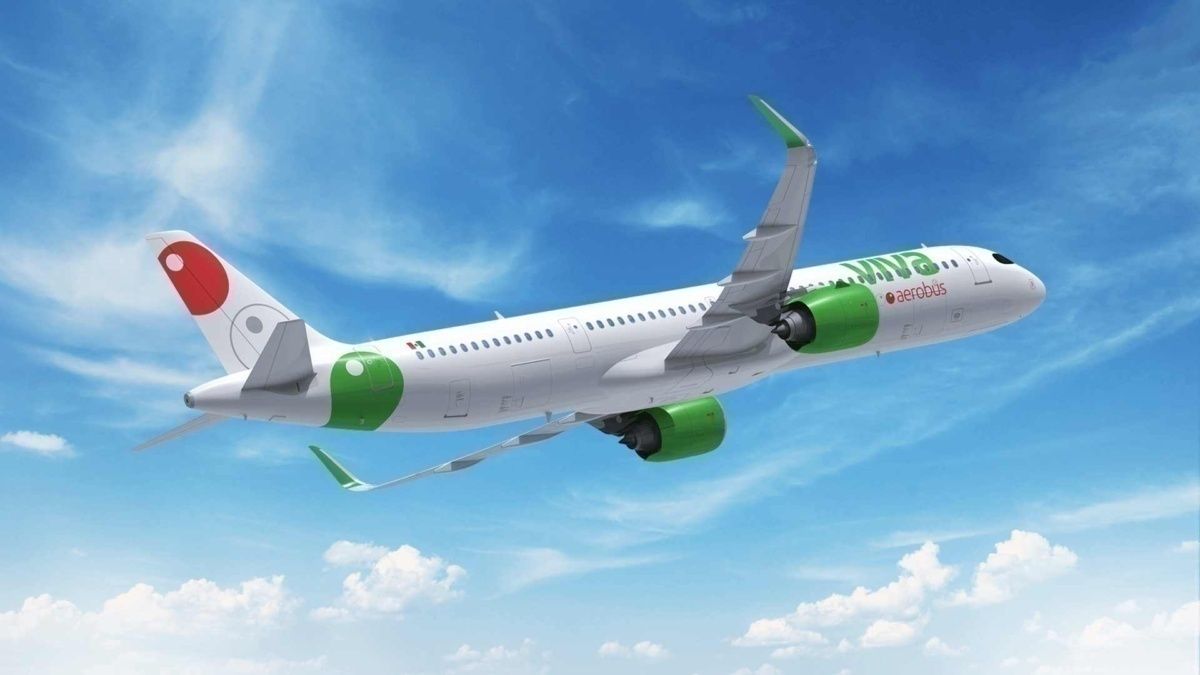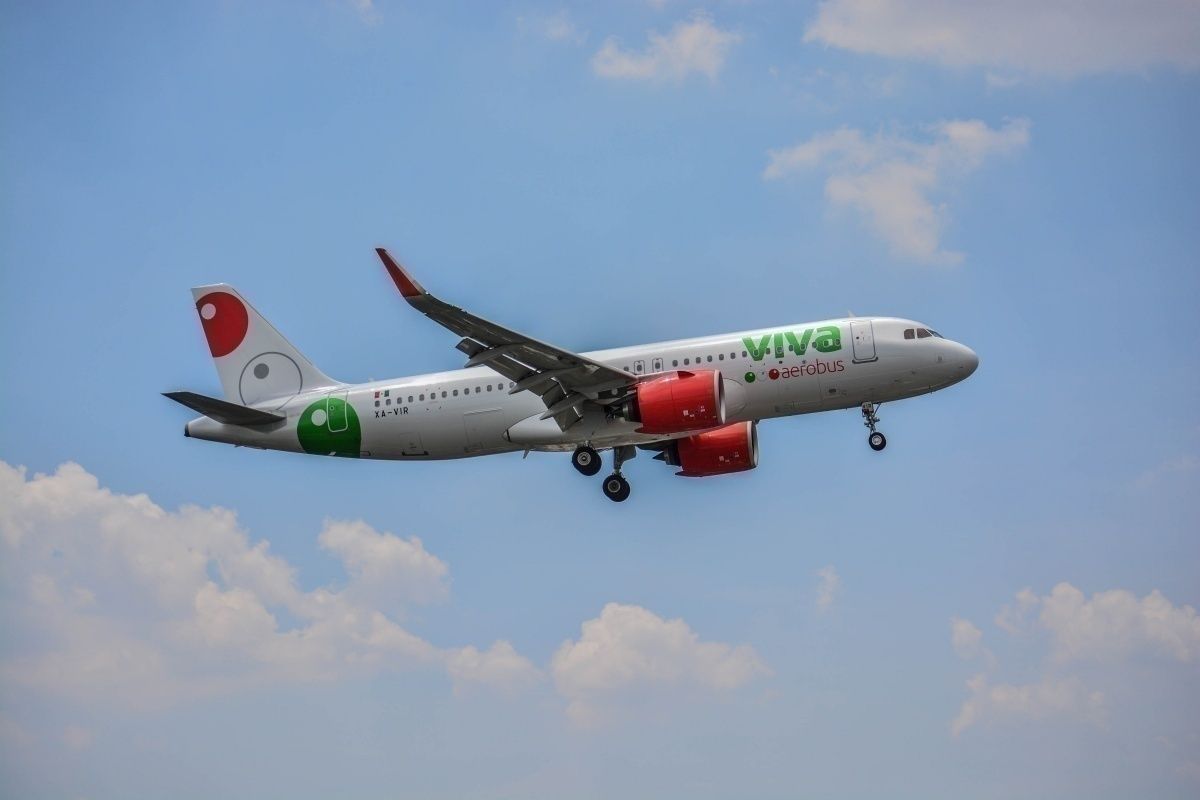Viva Aerobus, the Mexican low-cost carrier, is having a strong recovery from the COVID-19 crisis. The airline has grown strong in Mexico, thanks to its domestic route map and aggressive ticketing policy. Let's investigate further.
How many passengers have Viva had so far?
Viva Aerobus started operations in 2006. Its first hub was the Mexican city of Monterrey, in the north. From there, it has expanded in the last few years. It is mainly a domestic low-cost carrier, although it flies internationally to the US and Cuba.
2020 was supposed to be a breakout year for Viva Aerobus, but the pandemic has restrained its plans. Nevertheless, the low-cost operator has seized the moment and increased its domestic market share at the expense of other airline crises like Aeromexico and Interjet.
In 2020, the airline has transported 5.1 million passengers, a 46.71% decrease from 2020. The lowest point for the airline was April when it just handled 89.9 thousand passengers. During May, the carrier suspended all its international routes, but it managed to increase the total number of passengers to 90.4 thousand.
Since those two months, the airline has rebounded. Like Volaris, the other low-cost carrier in Mexico, Viva Aerobus has taken advantage of Mexico's current events. What events are those?
- Mexico never closed its airspace
- Aeromexico filed for a Chapter 11 bankruptcy
- Interjet lost more than 90% of its fleet
- The domestic markets are rebounding faster than the international ones
- Low-cost carriers are better poised to recover from the COVID-19 crisis.
Is Viva Aerobus surpassing Aeromexico?
During the last two months, Viva Aerobus has claimed that it has surpassed Grupo Aeromexico in the number of passengers it had. This claim is a big deal for the low-cost carrier because it puts it (albeit temporarily) as the second-largest carrier in Mexico.
Nevertheless, one has to look at the whole picture. Between August and September, Viva Aerobus claims it has transported over 1.38 million passengers, but the Civil Aviation Authorities in Mexico disagree. The group's report states that there's an 11% difference in the number of passengers transported. With that data in mind, Viva Aerobus hasn't surpassed Aeromexico so far.
That doesn't mean it won't surpass it. Viva Aerobus has had an excellent strategy to bring people into its planes in the last few months. It was one of the first carriers that launched insurance against COVID-19. However, above all, Viva Aerobus has been excellent at ticketing in the last few months.
Plane tickets at 1 peso
Mexico has one of the most expensive airport taxes in the world. Known as Tarifa de Uso Aeroportuario, or TUA, the cost depends on the airport, and if the flight is domestic or international. For instance, Mexico City International Airport's TUA is US$29.76 for domestic routes and US$53.34 for international routes. Every single ticket that goes into Mexico City covers that amount.
Viva Aerobus saw this tax as a marketing opportunity. The low-cost carrier said to its customers that they can pay the cost of the ticket without the TUA, and then when they're ready to travel, they can pay the Mexican tax.
For instance, this week, it launched a strategy by selling tickets for one Mexican peso. That means, for some domestic routes, people are paying US0.047 per trip… for now. Then, when it is time to travel, they have to pay for the rest of the tax.
Viva Aerobus is not selling every plane seat with the one peso policy. That wouldn't be wise. In the meantime, the marketing scheme works perfectly because no Mexican ever has seen a one peso flight.
What do you think of Viva Aerobus' strategy? Let us know in the comments.



